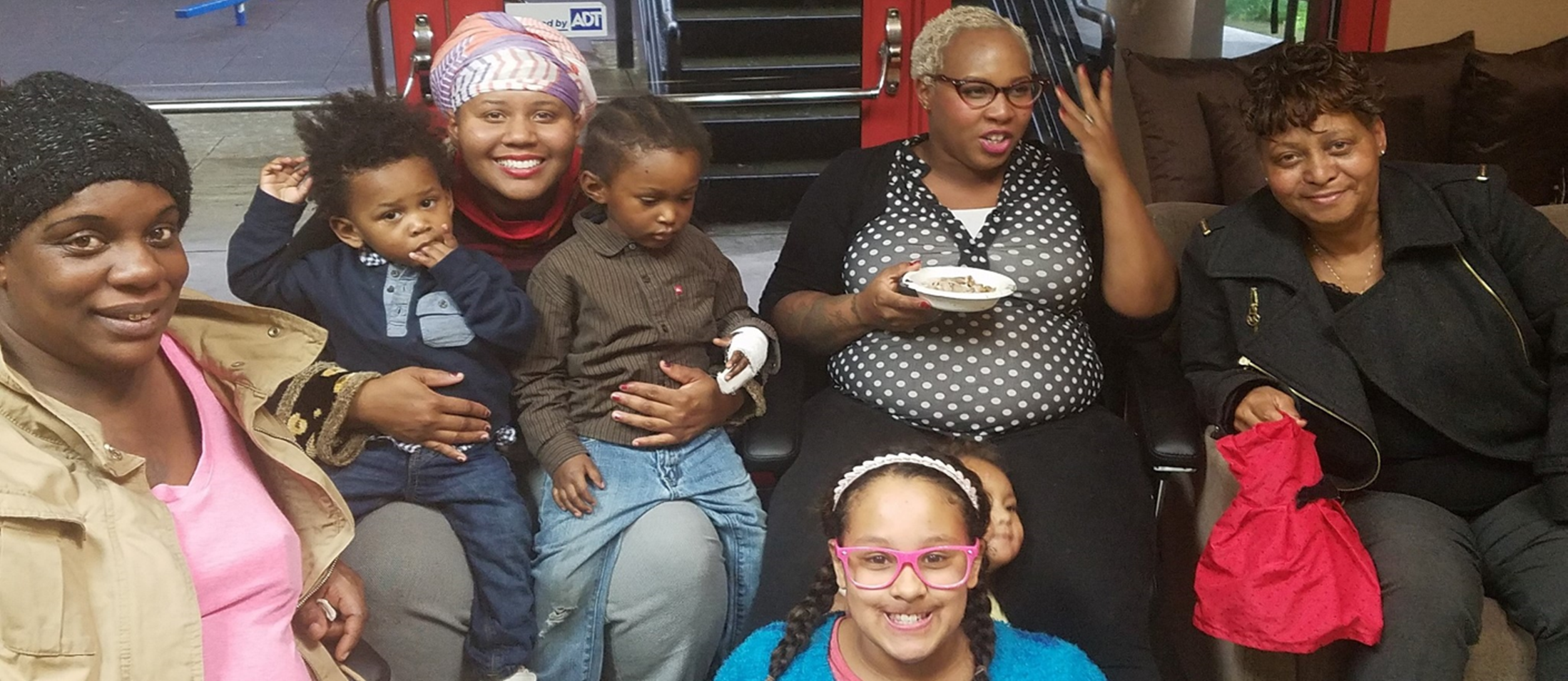Participants Served

Public health recognizes that racism,1 as well as social and economic stressors, plays a major role in poor birth outcomes—e.g., babies born too early and too small—for Black people. The California Black Infant Health (BIH) Program is an evidence-informed group model with complementary one-on-one life planning designed to improve birth outcomes in the Black community by enhancing life skills, improving strategies to reduce stress, and building social support. An evaluation of prenatal program implementation and outcomes was conducted for participants enrolled between July 1, 2015 and June 30, 2018 across 17 sites in 15 local health jurisdictions (LHJs) throughout California. For additional details about the program, the evaluation and other results please visit Black Infant Health Program.
Prior studies have shown that poor birth outcomes among Black women and birthing people persist regardless of perceived protective factors such as higher levels of income and education.2 During the evaluation period, BIH services were available to all self-identified Black women who were 18 years of age or older and resided in the LHJs served by the BIH Program (Figure 1). This brief presents comparative data for 3,495 first-time BIH enrollees3 and the overall eligible population of Black women and birthing people to explore how well BIH reached the intended service population.
Comparable population-level data for 2015-2017 were obtained from California's Maternal and Infant Health Assessment (MIHA) survey and Birth Statistical Master File (BSMF).4,5 Differences between BIH participants compared to the eligible population were noted when 95% confidence intervals for the measures did not overlap.
*San Francisco is in the second classification (1.0 to 4.2%). Map classifications are based on natural breaks in data.
How do BIH participants compare to the total eligible population of Black women and birthing people?
BIH enrollees were significantly different from the total eligible population across all socioeconomic and demographic characteristics (Table 1) and most health and health care-related characteristics (Table 2) examined, suggesting the program reaches a unique subset of the eligible population.
Table 1. Comparison of demographic and socioeconomic characteristics, between BIH participants and the eligible population.
|
Measure |
BIH participants |
Eligible Population |
Direction of Differences |
| Age5 (18-24 group) |
38.2% |
30.8% |
increase▲ |
Education5: High school
diploma or higher |
83.1% |
89.7% |
decrease▼ |
| Employed4 |
37.5% |
57.7% |
decrease▼ |
Living in an unstable housing
situation4 |
14.0% |
10.4% |
increase▲ |
| Living in a neighborhood with concentrated poverty5* |
59.7% |
51.2% |
increase▲ |
| Married or in a marital-like relationship4 |
39.2% |
57.3% |
decrease▼ |
| Food insecure4 |
16.4% |
7.2% |
increase▲ |
| Enrolled in WIC4 |
75.4% |
64.0% |
increase▲ |
During a stakeholder feedback meeting, BIH implementing staff suggested that some settings (county government buildings), hours (mostly daytime) and referral partners (often medical and social service organizations) limit program reach. BIH is described by staff as a "Sisterhood for All Black Women" and broader engagement is recommended to reach all eligible participants.
Table 2. Comparison of health characteristics between BIH participants and the eligible population.
| Measure |
BIH participants |
Eligible Population |
Direction of Differences |
| Health insurance4 |
98.4% |
99.1% |
no significant difference— |
| Usual source of pre-pregnancy health care4 |
66.2% |
73.6% |
decrease▼ |
| Self-rated health: Good to excellent4 |
80.4% |
89.9% |
decrease▼ |
| Diabetes4 |
5.8% |
3.4% |
increase▲ |
| Hypertension4 |
12.1% |
6.9% |
increase▲ |
| Alcohol use4 |
40.9% |
47.0% |
decrease▼ |
| Prenatal depressive symptoms4 |
25.5% |
26.3% |
no significant difference— |
| Smoking4 |
21.8% |
16.8% |
increase▲ |
| Mistimed pregnancy4 |
35.2% |
28.3% |
increase▲ |
| Optimal interpregnancy interval5 |
80.1% |
71.8% |
increase▲ |
| Plans to exclusively breastfeed4 |
57.9% |
61.4% |
no significant difference— |
Differences with arrows are significant, p <.05. Differences with a dash are non-significant.
Summary
- The BIH Program enrolled a unique subset of the eligible population during the three years examined.
- BIH participants appeared more exposed to harmful experiences and faced greater obstacles to health (for example, higher proportion living in neighborhoods with concentrated poverty) than did the eligible population of Black women and birthing people in the same California jurisdictions.
- BIH participants also exhibited key protective factors, including utilization of WIC, low pre-pregnancy alcohol use, and long interpregnancy intervals.
References
-
Office of Minority Health and Health Equity (OMHHE). Centers for Disease Control and Prevention. April 12, 2021. Accessed May 12, 2021. https://www.cdc.gov/healthequity/racism-disparities/index.html
- Smith I, Bentley-Edwards K, El-Amin S, Darity W.
Fighting at Birth: Eradicating the Black-White Infant Mortality Gap Report. Durham, NC: Samuel DuBois Cook Center on Social Equity, Duke University; Insight Center for Community Economic Development;2018.
- Data extracted from Efforts to Outcomes (ETO) data system on 12/31/2018.
- California Maternal and Infant Health Assessment (MIHA) Survey,
Maternal and Infant Health Indicators in Counties Served by the BIH Program. California Department of Public Health; 2019.
- 2015-2017 California Birth Statistical Master File. Data prepared by the California Department of Public Health, Maternal, Child and Adolescent Health Division.